Have you ever felt those mysterious feline eyes lingering on you, almost as if your cat is reading your mood? It’s not just your imagination—cats are far more emotionally intelligent than many people realize. For cat lovers everywhere, recognizing that your furry companion is attuned to your feelings can be both heartwarming and surprising. Cats may not speak our language, but their silent observations and subtle actions reveal a world of hidden communication. Let’s journey into the astonishing ways your cat watches you for emotional cues, and discover just how much your feline friend understands you.
They Mirror Your Moods
One of the clearest signs your cat is tuned into your emotions is when they begin to mirror your moods. If you’re feeling down, you might notice your usually playful cat becoming quieter or curling up beside you for comfort. Conversely, when you’re energized and joyful, your cat may suddenly become more active and eager to play. This mirroring is not a coincidence—it’s your cat’s way of showing empathy and connecting with you on an emotional level. Imagine your cat as an emotional sponge, soaking up the atmosphere in the room and reflecting it right back. Their actions can be subtle, but once you notice this pattern, it’s impossible to ignore how closely they follow your emotional state.
They Maintain Steady Eye Contact
Have you ever caught your cat locking eyes with you from across the room? This steady gaze isn’t just curiosity—it’s a sign they’re assessing your emotional state. Cats use eye contact to communicate trust and to pick up on subtle cues, like the tension in your face or the softness in your eyes. A relaxed, slow blink from your cat often means they feel safe and are acknowledging your calmness. On the other hand, if your cat’s eyes are wide and unblinking, they might be sensing your anxiety or stress. It’s like your cat is collecting emotional data, one glance at a time.
They Respond to Your Voice Tone
Your cat may not understand every word you say, but they are experts at picking up on the tone of your voice. If you speak gently, your cat often responds by coming closer or purring, sensing your peaceful mood. When your tone is sharp or distressed, your cat may hide or watch you carefully from a distance, trying to gauge if you need comfort or if it’s best to give you space. Cats are like tiny emotional detectives, always listening for vocal clues to understand how you’re feeling. The next time you talk to your cat, notice how their ears perk up or swivel, keenly attuned to every nuance.
They Seek Physical Contact When You’re Upset
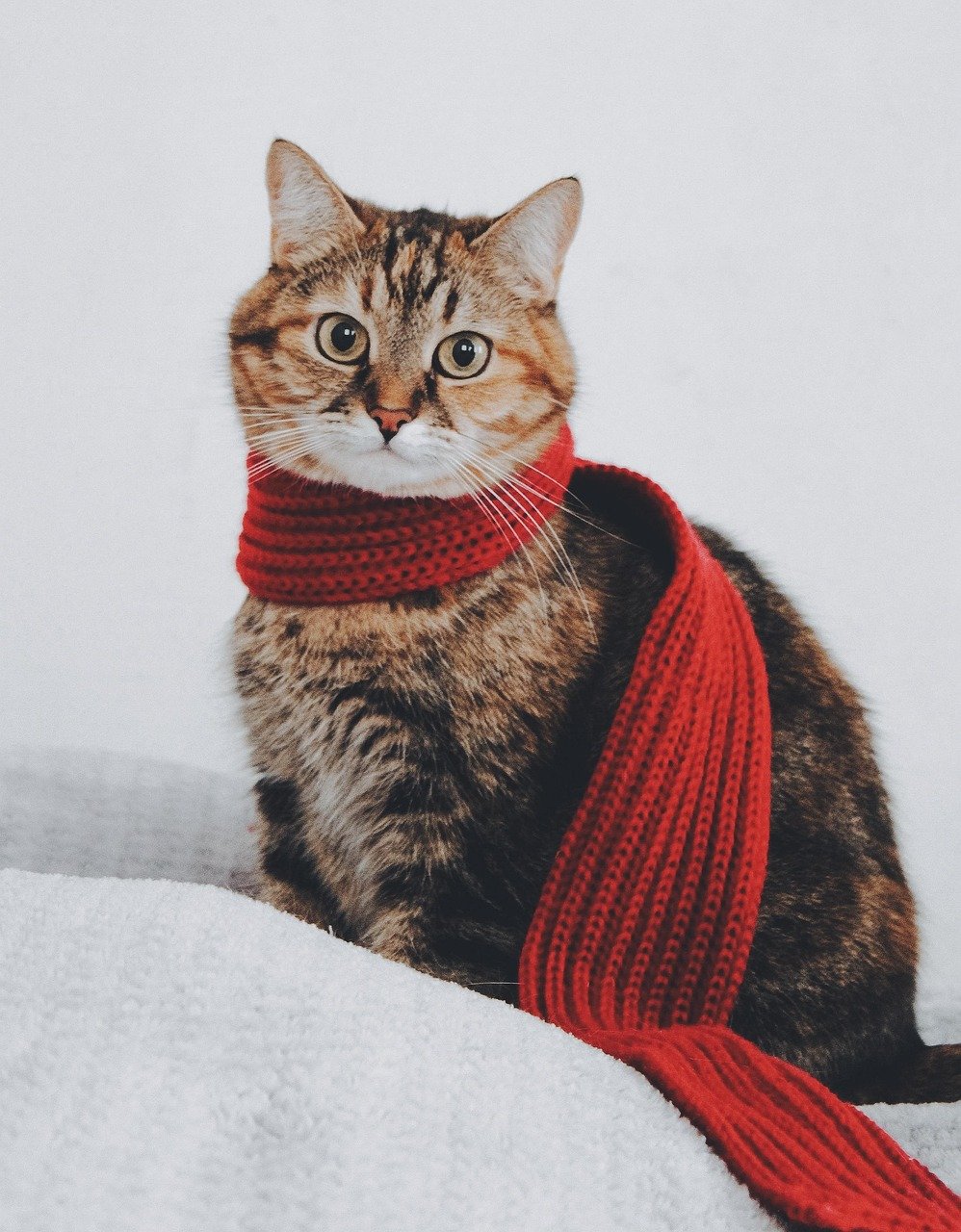
It’s almost magical how cats know when you need a little extra love. If you’re having a tough day, your cat might climb onto your lap, rest their head on you, or nudge your hand for pets. This behavior isn’t random—it’s your cat’s way of saying, “I’m here for you.” Some cats even purr more loudly or knead you with their paws, offering a comforting presence. Their instinct to provide physical closeness during emotional lows shows just how deeply they are in tune with your feelings.
They Hide When Sensing Tension
Cats are sensitive creatures who often retreat when they sense negative emotions or conflict in the home. If you’re arguing or feeling stressed, your cat may slip away to a quiet corner or under the bed. This withdrawal is not rejection, but rather a sign that your cat is picking up on the emotional atmosphere and needs to protect themselves from the tension. Think of it as your cat’s way of coping with emotional overload—just as people sometimes need a break, so do our feline companions.
They Adjust Their Routine to Match Yours
Cats are creatures of habit, but they can be surprisingly flexible when it comes to their favorite humans. If your daily routine changes due to emotional ups and downs, your cat may adjust their own schedule—sleeping when you nap, eating when you eat, and being active when you are. This synchronization is a subtle way your cat stays close to you, responding to your rhythms and moods. It’s almost as if they’re saying, “Whatever you’re going through, I’ll be right here beside you.”
They Vocalize Differently With Your Emotions
Pay attention to the way your cat meows, chirps, or trills throughout the day. When you’re happy or excited, you might hear more playful or higher-pitched sounds. During stressful times, your cat’s vocalizations may become softer, more persistent, or even silent. These changes in vocal behavior are your cat’s way of trying to communicate and connect with you emotionally. It’s a unique, feline version of a “check-in” to see how you’re feeling.
They Follow You More Closely When You’re Anxious
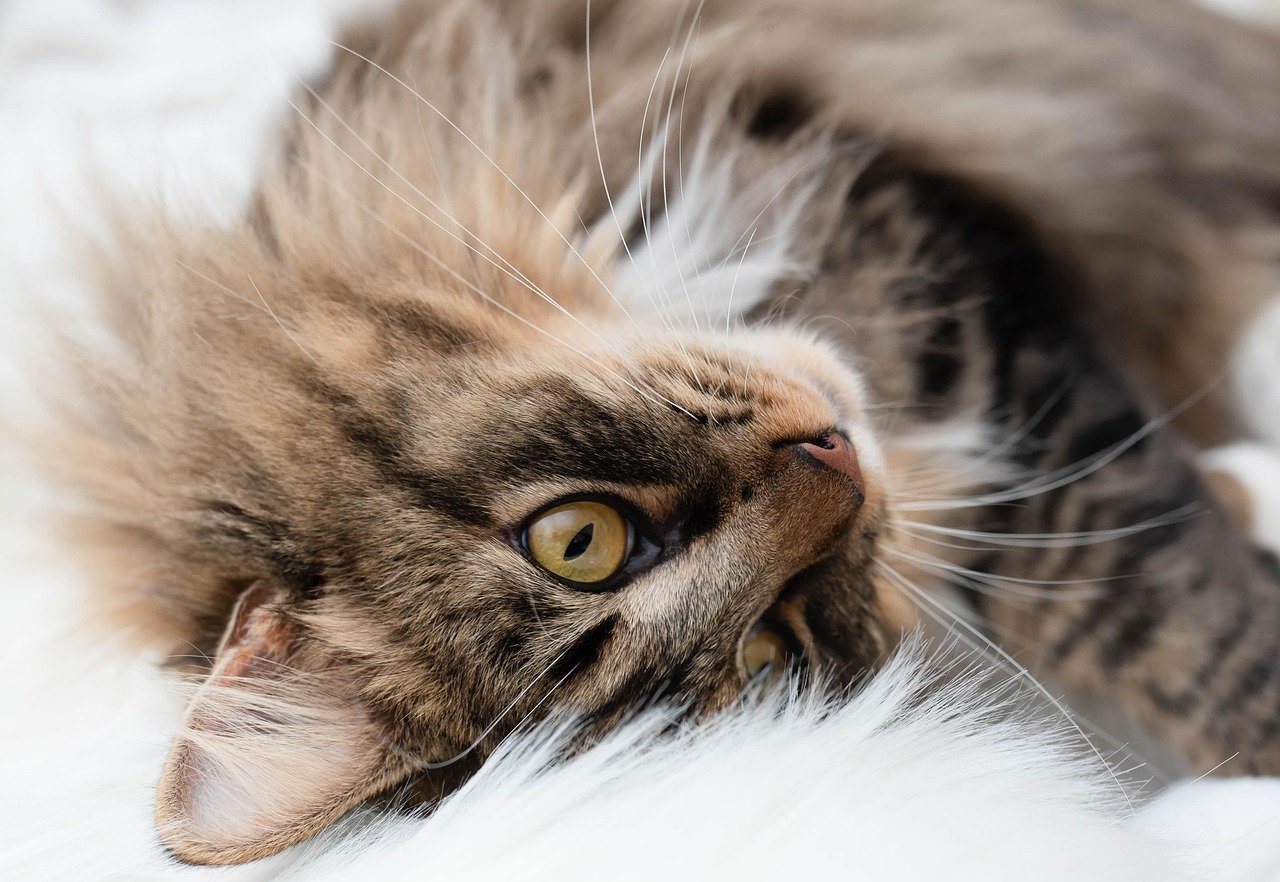
Ever notice your cat trailing behind you like a little shadow when you’re feeling anxious or restless? This behavior is more than simple curiosity—it’s your cat’s instinct to stay near when they sense you need support. By following you from room to room, your cat offers silent companionship, ready to provide comfort if needed. Their constant presence can be surprisingly soothing, reminding you that you’re never truly alone.
They React to Your Body Language
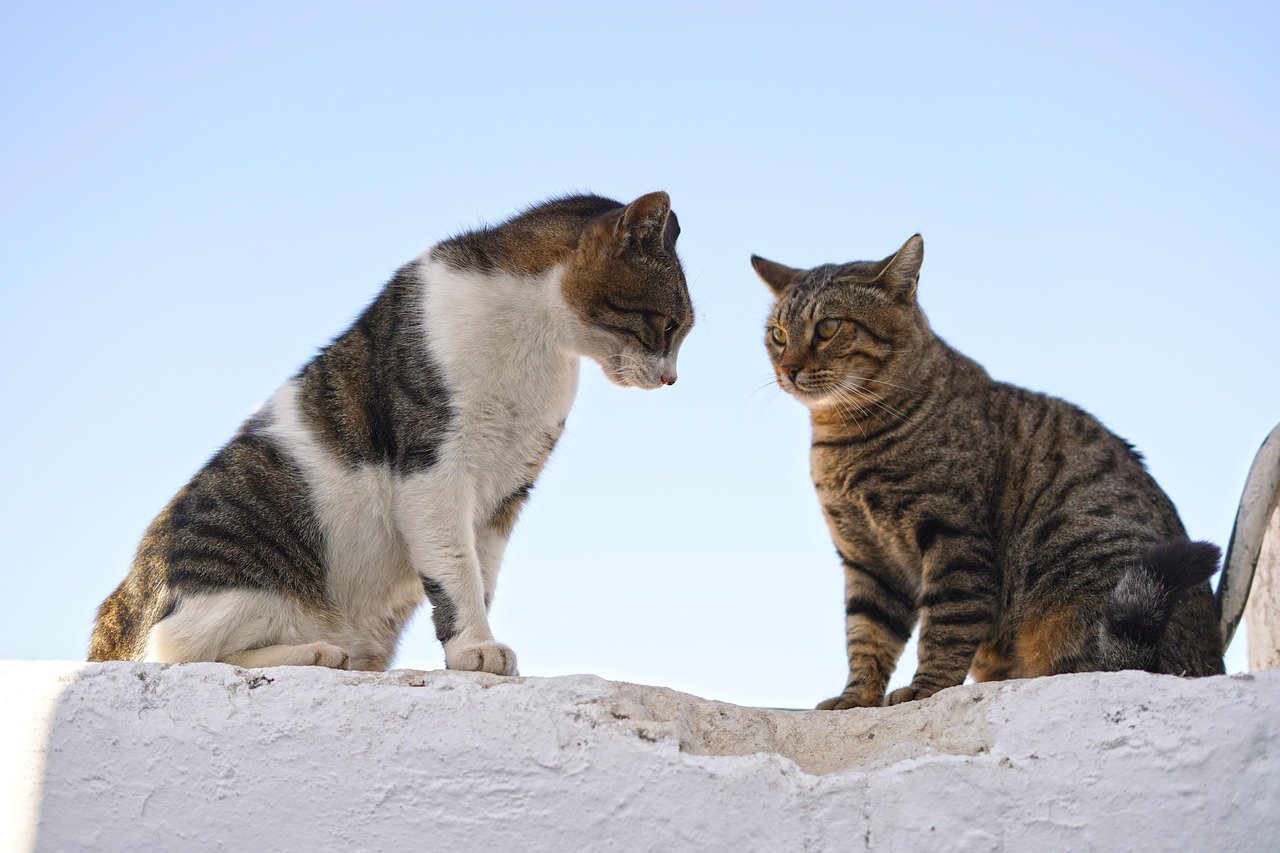
Cats are masters at reading body language, not just among their own kind, but with humans too. If you slump your shoulders, sigh, or cover your face, your cat is likely to notice. They may approach more gently or keep their distance, depending on what your body is telling them. It’s almost as if they can “read between the lines,” picking up on nonverbal cues to adjust their behavior and offer the right kind of support.
They Offer Their Favorite Toy or Treat
On some days, your cat might bring you their cherished toy or even present a treat they’ve found. While this can seem playful, it’s often a sign your cat senses your need for cheering up. Sharing their prized possessions is a display of trust and affection—a way of saying, “I want to make you happy.” It’s heartwarming to realize that your cat’s offer isn’t just about play, but about emotional connection.
They Groom You or Themselves More
When cats sense emotional changes in their humans, they sometimes increase their grooming behavior. You may notice your cat licking your hand, arm, or even your face more often when you’re feeling sad or anxious. This grooming is a comforting gesture, drawn from the way cats care for each other in the wild. Sometimes, they’ll groom themselves excessively as a way of coping with your stress, almost like a form of feline empathy.
They Sit in Your Line of Sight
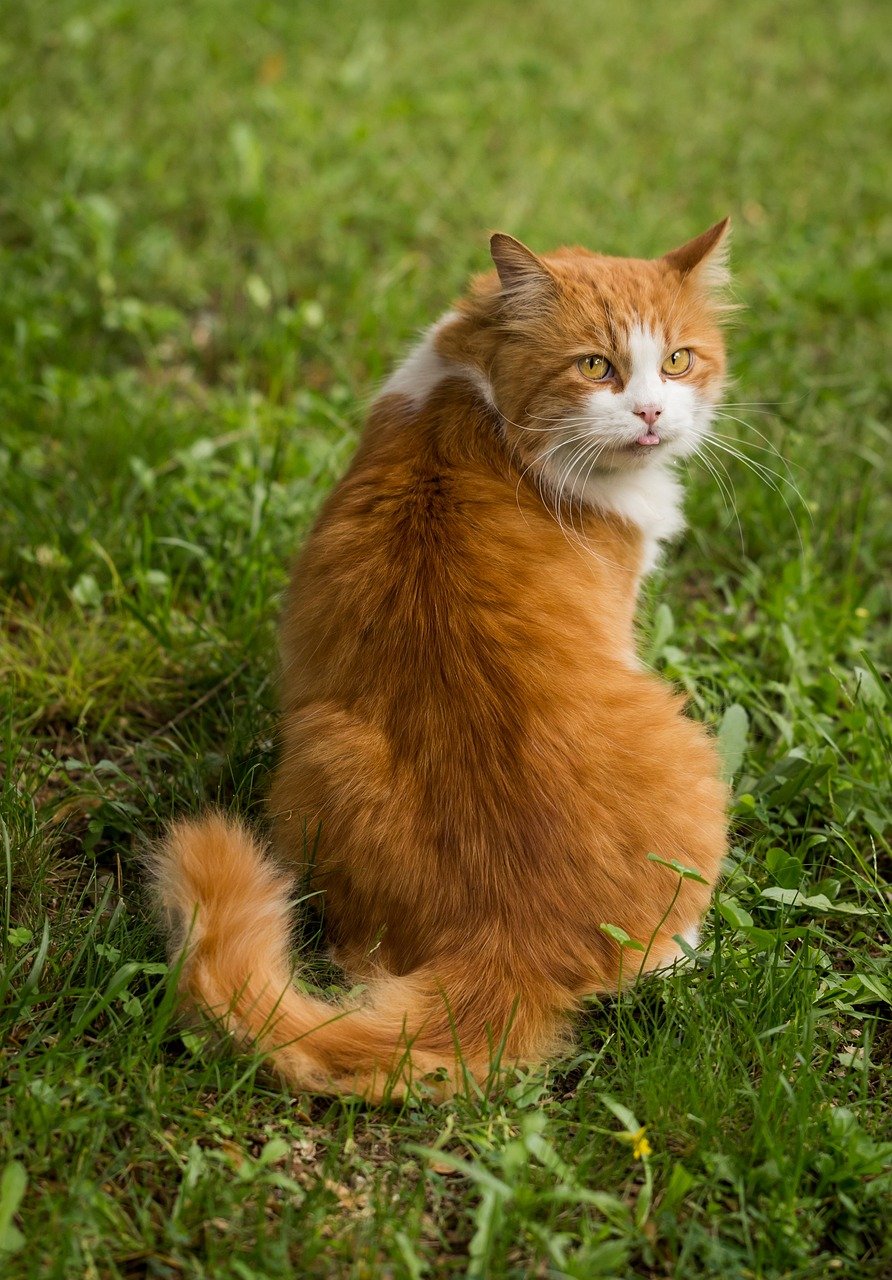
If your cat positions themselves directly in your line of sight—perhaps on your laptop, book, or even the kitchen counter—they’re trying to catch your attention. This behavior is especially common when you’re feeling distracted or down. By making themselves impossible to ignore, your cat is gently urging you to reconnect and focus on something comforting. It’s their unique way of saying, “I see you, and I’m here.”
They Purr Louder When You’re Low
Purring is a cat’s universal signal of contentment, but it can also be a tool for healing and comfort. When you’re feeling particularly low, your cat’s purrs may become deeper and more persistent. Some experts even believe that the frequency of a cat’s purr has therapeutic effects on humans. Your cat’s increased purring during your tough times is their attempt to soothe you, creating a calming, almost meditative environment.
They Pause and Watch Your Reactions
Cats are incredibly observant, often pausing to study your reactions to various situations. Whether you laugh, cry, or get frustrated, your cat may freeze and watch you, their eyes wide and attentive. This careful observation is their way of learning how to respond in the future, as they catalog your different emotional states. It’s like they’re building a “human emotions manual,” tailored just for you.
They Nuzzle or Head-Butt You
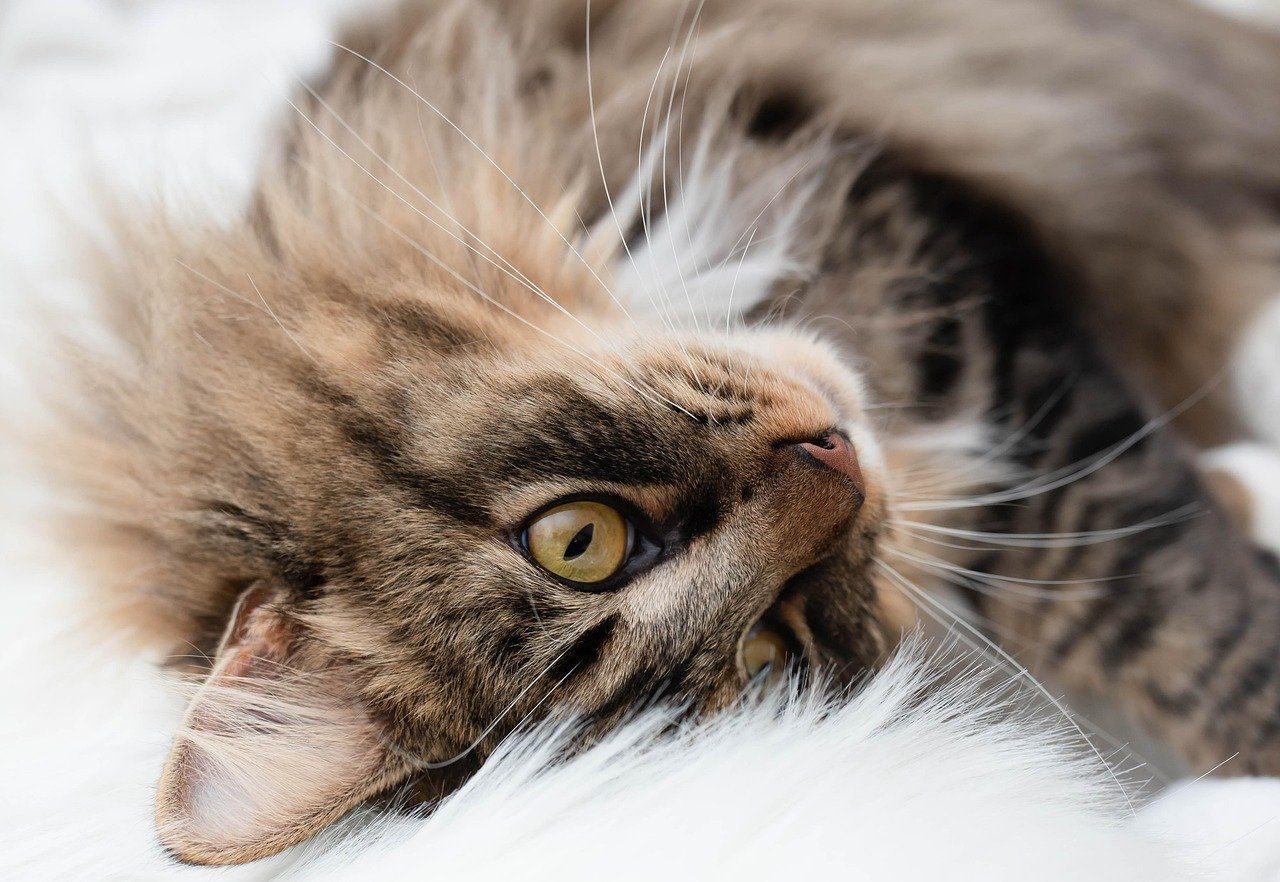
A loving nuzzle or gentle head-butt from your cat is more than just affection—it’s a powerful emotional gesture. Cats often use these behaviors to comfort and bond with their favorite humans, especially when they sense sadness or anxiety. The pressure of their head against you is grounding, providing physical reassurance during emotional turbulence. It’s a feline hug, delivered in the most adorable way.
They Sleep Closer to You at Night
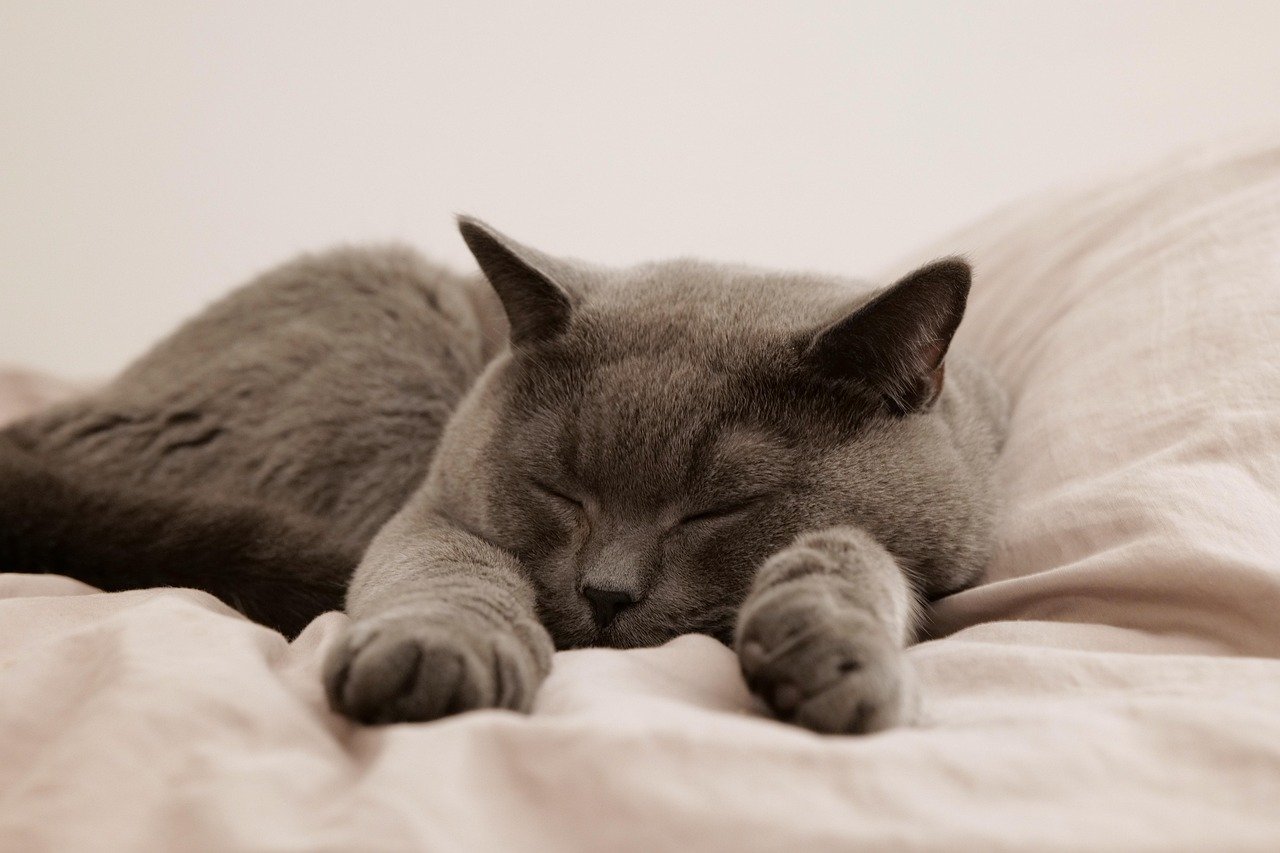
When you’re going through a tough patch, your cat might snuggle closer at bedtime, even if they usually sleep elsewhere. This closeness is their way of offering emotional support and protection. The warmth and gentle purring of a cat curled up beside you can be incredibly soothing, helping to ease worries and promote relaxation. Their presence is a silent promise: “I’m here for you, always.”
They Interrupt Your Negative Spirals
Cats have an uncanny knack for interrupting their humans during moments of negative thinking or emotional spirals. Whether it’s by jumping onto your lap, nudging your hand, or meowing insistently, your cat’s interruptions are often perfectly timed. It’s almost as if they sense when you need a gentle distraction to break the cycle and bring you back to the present moment.
They Wait for You at the Door
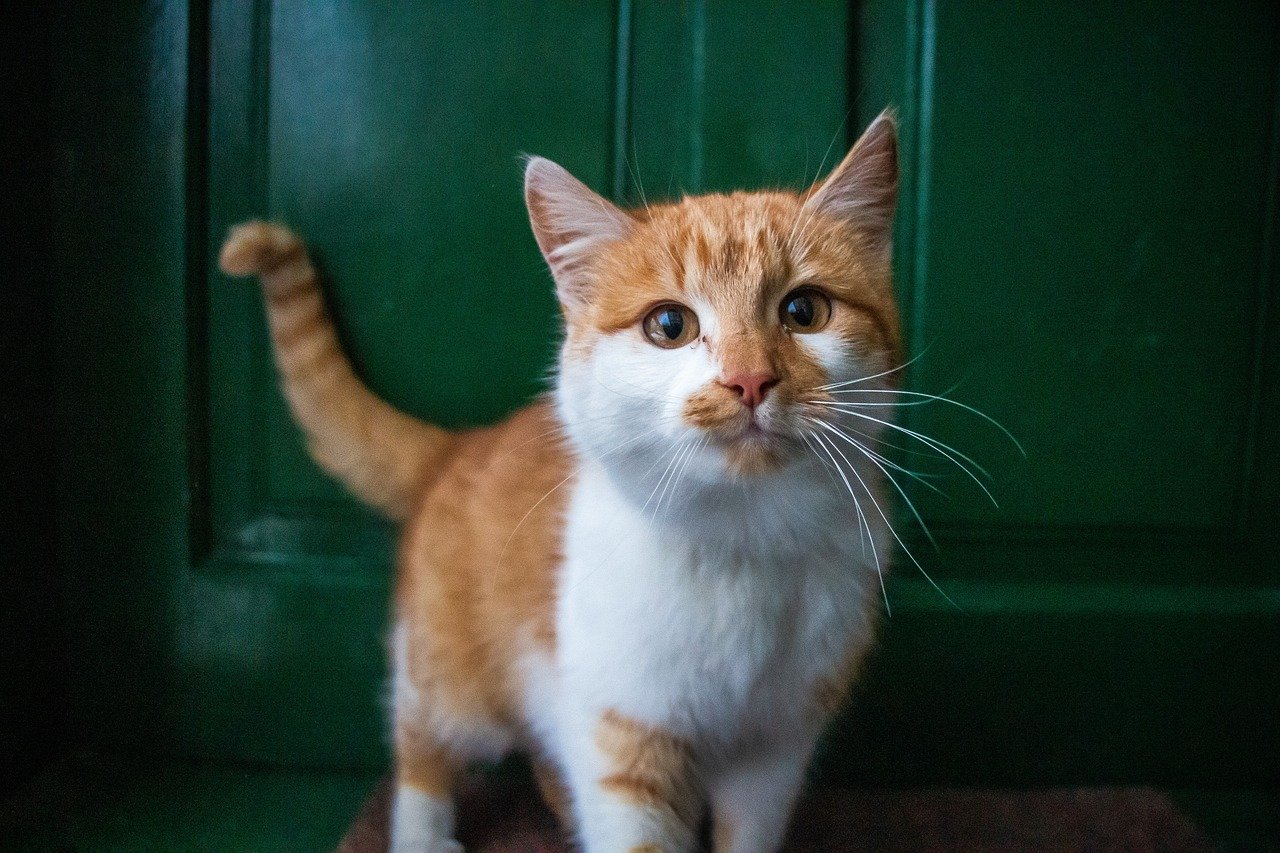
Coming home to find your cat waiting at the door can be a sign that they’ve been attuned to your absence and are eager to reconnect. If you’ve had a rough day, your cat’s greeting may be more affectionate or persistent than usual. Their anticipation and excitement to see you are clear indicators that they monitor your emotional state, eager to offer comfort and companionship when you need it most.
They Use Their Tail to Communicate
A cat’s tail is a powerful emotional barometer. When they wrap it around you or flick it gently, they’re expressing their connection to your mood. A relaxed, upright tail often means your cat senses you’re calm and happy, while a low or twitching tail might suggest they’re picking up on your stress. Watching your cat’s tail movements can give you valuable insight into how they’re responding to your emotional cues.
They “Talk Back” When You’re Emotional
Some cats are surprisingly vocal, especially when their humans are emotional. If you’re crying or speaking in an upset tone, your cat may respond with meows, chirps, or trills as if they’re trying to talk you through it. This back-and-forth “conversation” is your cat’s way of providing support and trying to connect with you during emotional moments. It’s a touching reminder that communication goes far beyond words.
They Offer Silent Support With Their Presence
Sometimes, the most powerful support a cat can give is simply being there. If you’re sitting quietly, lost in thought or sadness, your cat may settle nearby without making a sound. Their quiet companionship is deeply comforting, a gentle reminder that you’re not alone. Just knowing your cat is by your side can lift your spirits and help you find the strength to face whatever comes next.
Hi, I’m Bola, a passionate writer and creative strategist with a knack for crafting compelling content that educates, inspires, and connects. Over the years, I’ve honed my skills across various writing fields, including content creation, copywriting, online course development, and video scriptwriting.
When I’m not at my desk, you’ll find me exploring new ideas, reading books, or brainstorming creative ways to solve challenges. I believe that words have the power to transform, and I’m here to help you leverage that power for success.
Thanks for stopping by, Keep coming to this website to checkout new articles form me. You’d always love it!






